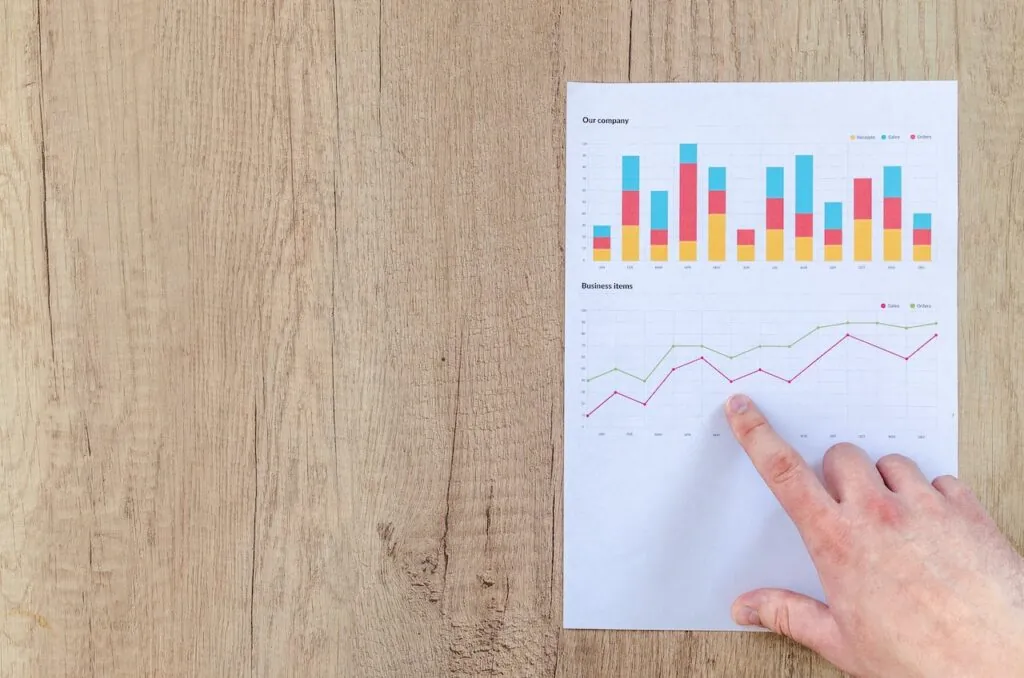Language in the 2024 proposed rule for the Medicare hospice program gives some indication of where the U.S. Centers for Medicare & Medicaid Services (CMS) is heading when it comes to quality measurement requirements.
While the proposal did not introduce any new measures or rules, it did offer clues to changes that could show up later this year or next, including health equity-associated measures and the forthcoming Hospice Outcomes and Patient Evaluation Tool, as well as Consumer Assessment of Healthcare Providers and Systems (CAHPS) surveys.
Provisions of the proposed rule would also increase penalties for failing to report data to the Hospice Quality Reporting Program (HQRP). Currently, associated penalties are 2%. If the rule is finalized as written, this will jump to 4% in Fiscal Year 2024 — retroactively to 2022 data.
Essentially, CMS is codifying these requirements and penalties, according to Katie Wehri, director of home health & hospice regulatory affairs, for the National Association for Home Care & Hospice (NAHC).
“If your hospice did not meet the Hospice Item Set and the CAHPS hospice survey requirements last year, your organization is subjected to a 4% annual payment update penalty beginning in Fiscal Year 2024, which begins on October 1 of 2023,” Wehri said in a NAHC webinar. “So what CMS is proposing to do with hospice this year is to codify the requirements for those reporting thresholds, as well as codifying the annual payment update penalty.”
If these changes are included in the final rule, hospices would be required to submit at least 90% of their records and data for the Hospice Item Set within 30 days of the patient’s admission or discharge, or other applicable deadlines.
Known as the “timeliness compliance threshold,” 90% of hospices that fail to meet HQRP requirements do so because they miss that 30-day timeframe. Historically, about 18% of Medicare-certified hospices are found non-compliant, according to Wehri.
CMS will begin notifying non-compliant providers during the summer months, typically in July.
Work on HOPE tool progressing
The agency also gave updates on the HOPE tool that it has been developing to replace the Hospice Item Set, including the likely addition of two more measures down the road.
CMS has indicated that HOPE’s dual objectives are to provide data for the Hospice Quality Reporting Program through standardized data collection and to provide clinical data that may inform potential future changes to Medicare hospice payments.
Field testing of this new methodology was completed late last year, and CMS is now analyzing those results. The agency signaled that it will continue to engage with providers and other stakeholders through sub-regulatory channels on the tool’s development.
When HOPE is implemented, CMS plans to develop additional measures based on the information they will be able to collect through the tool. The agency to date has named two of those potential measures: Timely Reassessment of Pain Impact and Timely Reassessment of Non-Pain Symptom Impact.
“They are both process measures, not outcome measures. The first one being a timely reassessment of pain impact, and this measures the percentage of patients who receive a reassessment pain reassessment within two calendar days of when their pain was determined to be at a moderate or severe level,” Theresa Forster, vice president for hospice policy and programs at NAHC said in the webinar. “The other one is a percentage of patients who received a non-pain symptom reassessment within two calendar days of when their non-pain symptom was initially assessed to be moderate or severe.”
Plans to boost CAHPS response rates
Other crucial updates may be coming for the CAHPS process. Most significantly, families might soon have access to a web-based option for completing the survey, rather than by phone or on paper.
New additions to the process will also include an extension of the field period and the practice of sending pre-notification letters to families to inform them of the survey. CMS said it expects these changes to improve survey response rates, which currently hover around 35%.
Some preliminary testing suggests that this could prove effective to some degree. About 56 large hospices participated in an experiment to test the potential revisions.
When a web-mail mode was used, response rates averaged about 39.7% among all respondents and close to 50% for those who have email addresses, CMS reported. Extending the field period to 49 days from the current 42 days resulted in a response rate increase of 2.5 percentage points.
Some aspects of the survey itself are also under consideration, including revisions to clarify and simplify the language in the questions, replacing multi-item measures with those that assess only one factor, and the addition of a “Care Preferences” measure.
“Having an email format is going to be a big game changer for so many people,” Katy Barnett, director for home care and hospice operations and policy at LeadingAge, told Hospice News. “And hopefully, that will increase the response rate for hospices to get a five-star rating. So changing the way that the questions are worded, reducing the number of questions, all of that is going to make it more reasonable for somebody to respond, and we’ll have a better sense of how hospices are doing across the board.”
Companies featured in this article:
LeadingAge, National Association for Home Care and Hospice, U.S. Centers for Medicare & Medicaid Services



